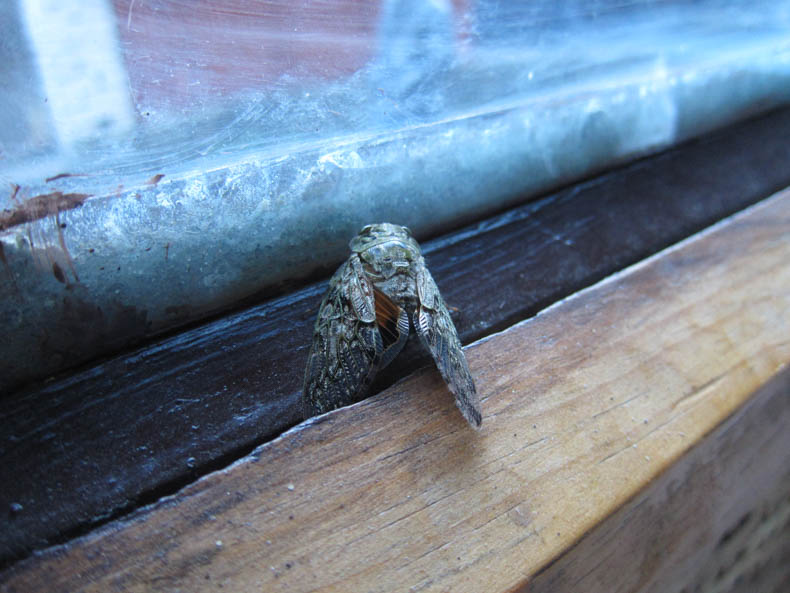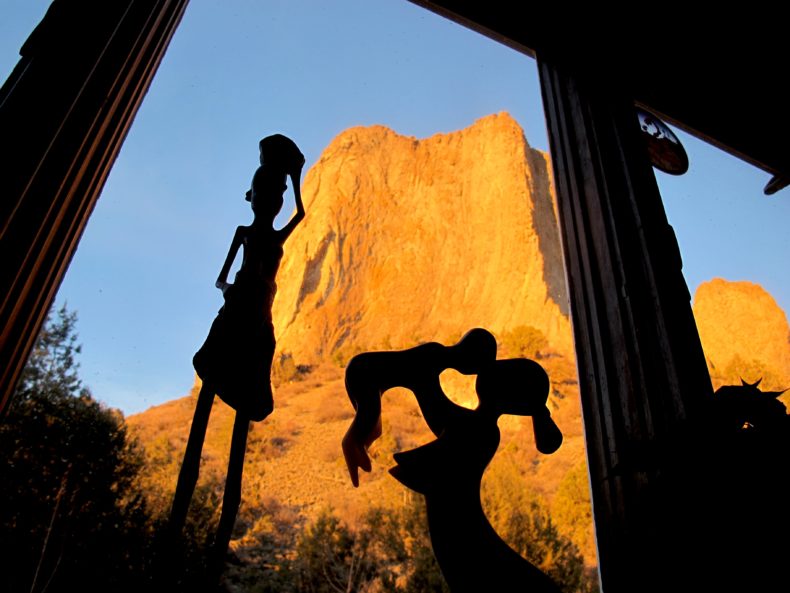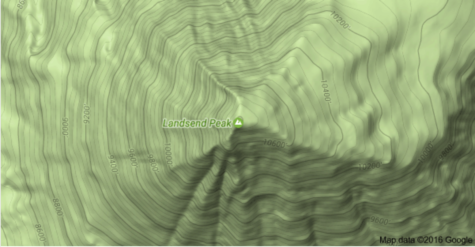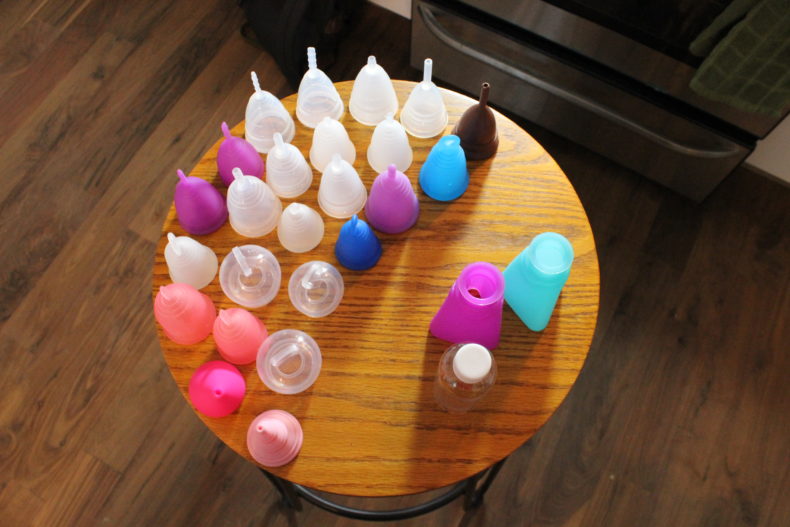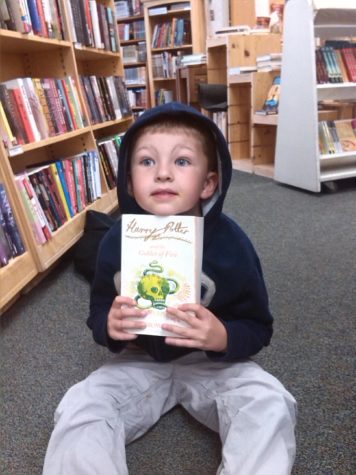
Every year, the People of LWON bring you their book choices for the holidays. If you don’t find what you’re looking for below, try last year’s list or the one before.
JENNY: I have a neighbor, Keith Donohue, who, it turns out, is a lovely novelist. I’m now reading his latest, called The Motion of Puppets, and it has carried me to a dusty, mystical place where people are turned into dolls. A poetic and spooky read with a mythical twist. Good fun. Oh, and I finally got around to the beautiful Secret Life of Bees (Sue Monk Kidd). Loved it. Finally, on a completely different note, get your learn on while enjoying fine prose and true drama from the latest Candice Millard joint: Hero of the Empire: The Making of Winston Churchill.
MICHELLE: I can’t think why, but lately I’ve been reading and watching stories about lousy leaders of the distant past. (Look, humanity somehow managed to survive Caligula and Richard III. We can do this.) I, Claudius and its sequel, Claudius the God, are classic fictionalized accounts of the early Roman Empire, told from the wise and often wiseacre perspective of Claudius, the sickly, overlooked noble son who unexpectedly became emperor himself. The Plantagenets by Dan Jones is a ripping popular history of the mostly terrible kings who ruled England during the mostly terrible fourteenth and fifteenth centuries; A Distant Mirror, by Barbara Tuchman, is the story of ordinary European life during the same appalling era. Finally, Year of Wonders by Geraldine Brooks is a wonderful novel based on the true story of Eyam, an English village that, during an outbreak of bubonic plague in the seventeenth century, voluntarily isolated itself from its neighbors to protect them from the disease. Horrible times, heroic people. Continue reading
 This post first appeared on October 8, 2015, when I was still hopeful that a good strong El Nino could hold off California’s water problems a while longer. Where I am, it didn’t work. One of our reservoirs is now at 7 percent capacity. At another, the dam worker now needs water trucked in to where he lives onsite. Still, there’s a big storm that’s supposed to arrive today, and it’s hard not to keep hoping that this time–this storm, this winter, this water year–will make a difference.
This post first appeared on October 8, 2015, when I was still hopeful that a good strong El Nino could hold off California’s water problems a while longer. Where I am, it didn’t work. One of our reservoirs is now at 7 percent capacity. At another, the dam worker now needs water trucked in to where he lives onsite. Still, there’s a big storm that’s supposed to arrive today, and it’s hard not to keep hoping that this time–this storm, this winter, this water year–will make a difference.